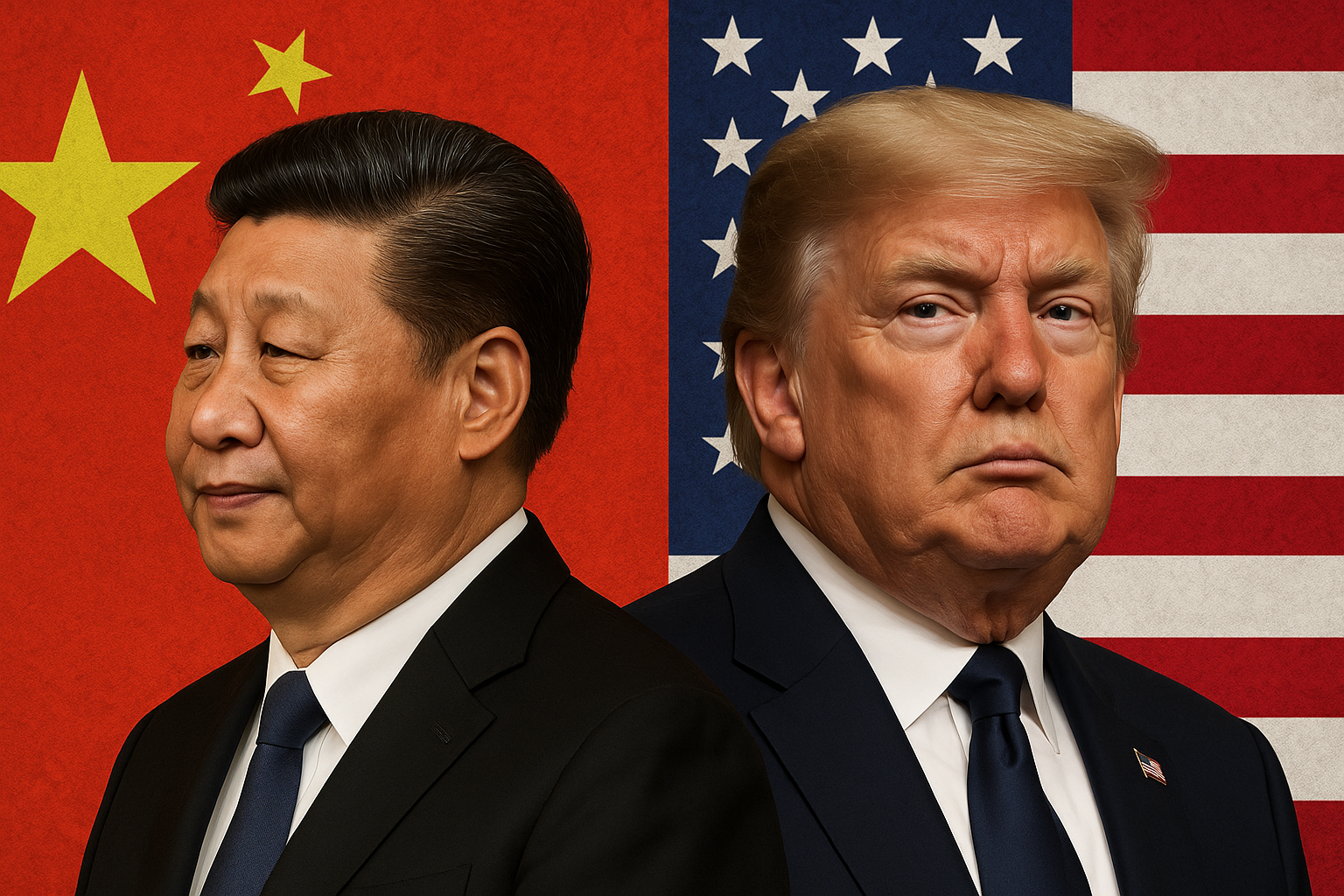

US tariffs are making their presence felt across the world, dampening aluminium demand as many producers are scaling back shipments in response to increased export duties imposed on them by the United States government. As a consequence, productions are becoming limited, notably reflected in the decline of primary aluminium output in North America, attributing to narrow profit margins as well. Tariffs, often a double-edged sword, are also pushing up end-user prices burdening consumers, weakening demand further.

This is an AI-generated image, only for representational purpose
In addition, aluminium production is constrained in China as it has already neared 45 million tonnes of cap, a limit imposed in 2017 to curb overcapacity. China is the world’s largest aluminium producer, including downstream and secondary. Limiting production also means restraining China’s raw material purchase, which is again reducing aluminium prices.
What it is ultimately leading to is decreased aluminium prices on the London Metal Exchange. Compared to the 8 per cent rally last year, the LME aluminium price is on downtrend this year by 2 per cent. Particularly, from March 12, when the US tariff came into effect, to May 15, the LME aluminium price has plunged by 9 per cent, standing at USD 2,480.5 per tonne. On the same day, last year, the benchmark price was at USD 2,577 per tonne – 4 per cent higher than the current price.
However, analysts view China’s production cap as a positive move as it will keep capacity and prices in balance. If you plan to invest in aluminium and wish to understand hedging, watch our webinars.
A Reuters poll in April showed an aluminium surplus of 280,000 tonnes this year, which analysts think is effectively a balanced market given global supplies at around 76 million tonnes.
Morgan Stanley projects China’s capacity cap could lift the price to approximately USD 2,600 per tonne, a little above the current level, while recession risks, coupled with continued demand fall, may drive prices below USD 2,000 per tonne, the lowest since 2021.
Responses








